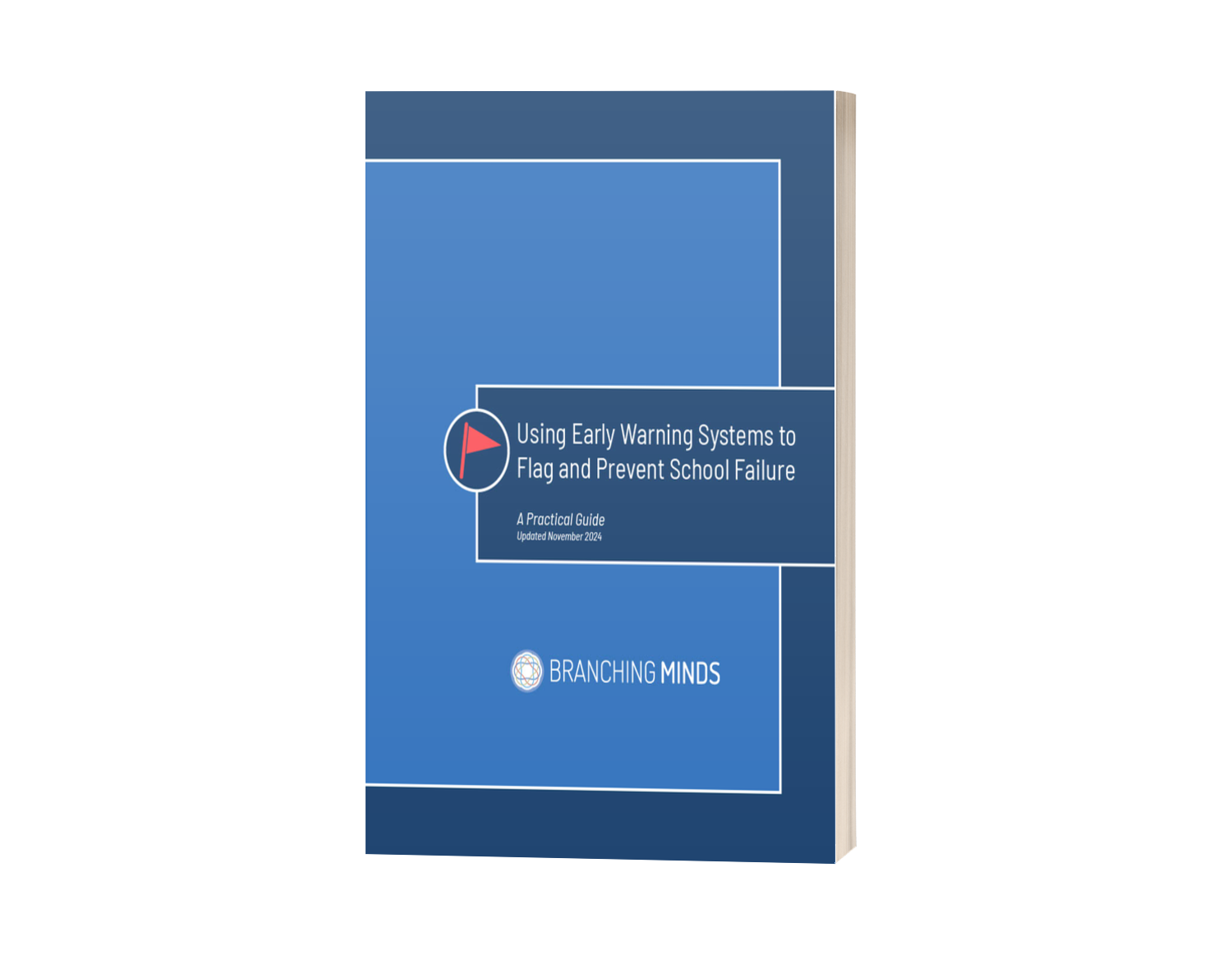Guide
Using Early Warning Systems to Flag and Prevent School Failure: A Practical Guide
Early intervention is key to preventing academic failure and dropout, but identifying who needs help and knowing what to do next can be challenging. That’s where an Early Warning System (EWS) comes in.
An effective EWS goes beyond just data. It uses indicators like attendance, behavior, and course performance to flag students at risk and guide timely, targeted interventions.
Use this guide to improve outcomes for all students, especially those at risk of not graduating.
Inside the Guide:
- Steps to build and implement an effective EWS
- Tips for interpreting data to identify at-risk students
- Proven strategies to support and re-engage students













